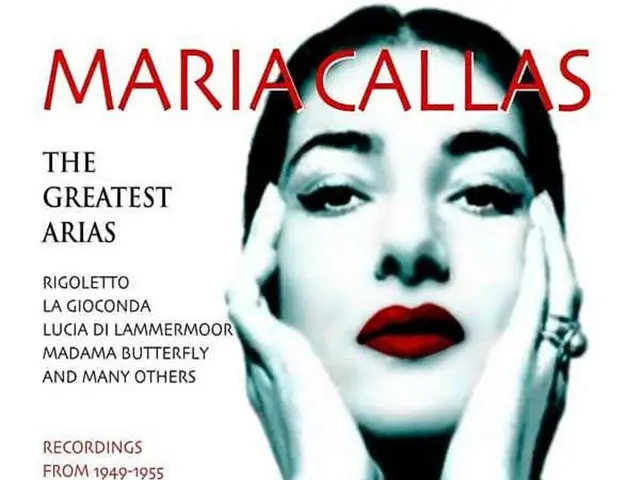Study: Children's Views on Aging Mix Accuracy and Stereotypes
A study by German researchers has shed light on children's perceptions of aging, revealing a mix of accurate and stereotypical views. The research, presented at a conference on aging, found that children often associate older adults with complaints, health issues, and less fun activities.
The study, conducted by M. Gehring, M. Wettstein, and S. Wurm from Greifswald, involved a poll of 1,000 children aged 7 to 16. The children were asked to identify signs of aging and their thoughts on the positives and negatives of growing older.
Children guessed that people start to complain more, experience knee or back pain, and develop wrinkles as they turn 30. They also believed that older adults stop having fun, exercising, and playing sports. Interestingly, some children considered adults as old as 30 or even 50.
However, the children's guesses were not always accurate. They often held stereotypes about older adults' hobbies, such as listening to the radio, watching daytime TV, and moaning about aches and pains. Many were surprised to learn that older adults enjoy active hobbies like powerlifting, karate, and rock climbing.
On the positive side, children recognized that older adults have more life experience and understanding of life. They also believed that older adults have more money, although this could be a reflection of their own limited understanding of finances.
The study highlights the importance of challenging age stereotypes and promoting positive images of aging. It also underscores the need for intergenerational dialogue to help children understand the realities of aging and the diversity of older adults' lives.
Read also:
- EU Member States cast their decisions
- Eighteen-Year-Old Speaks Out Against Lowering Voting Age to Sixteen
- King Charles's body language analyst dissects signs of apparent 'impatience' exhibited by Charles towards Trump
- "Trump Lowering Taxes, Audaciously Challenges Starmer in Embarrassing Turnberry Interaction"








